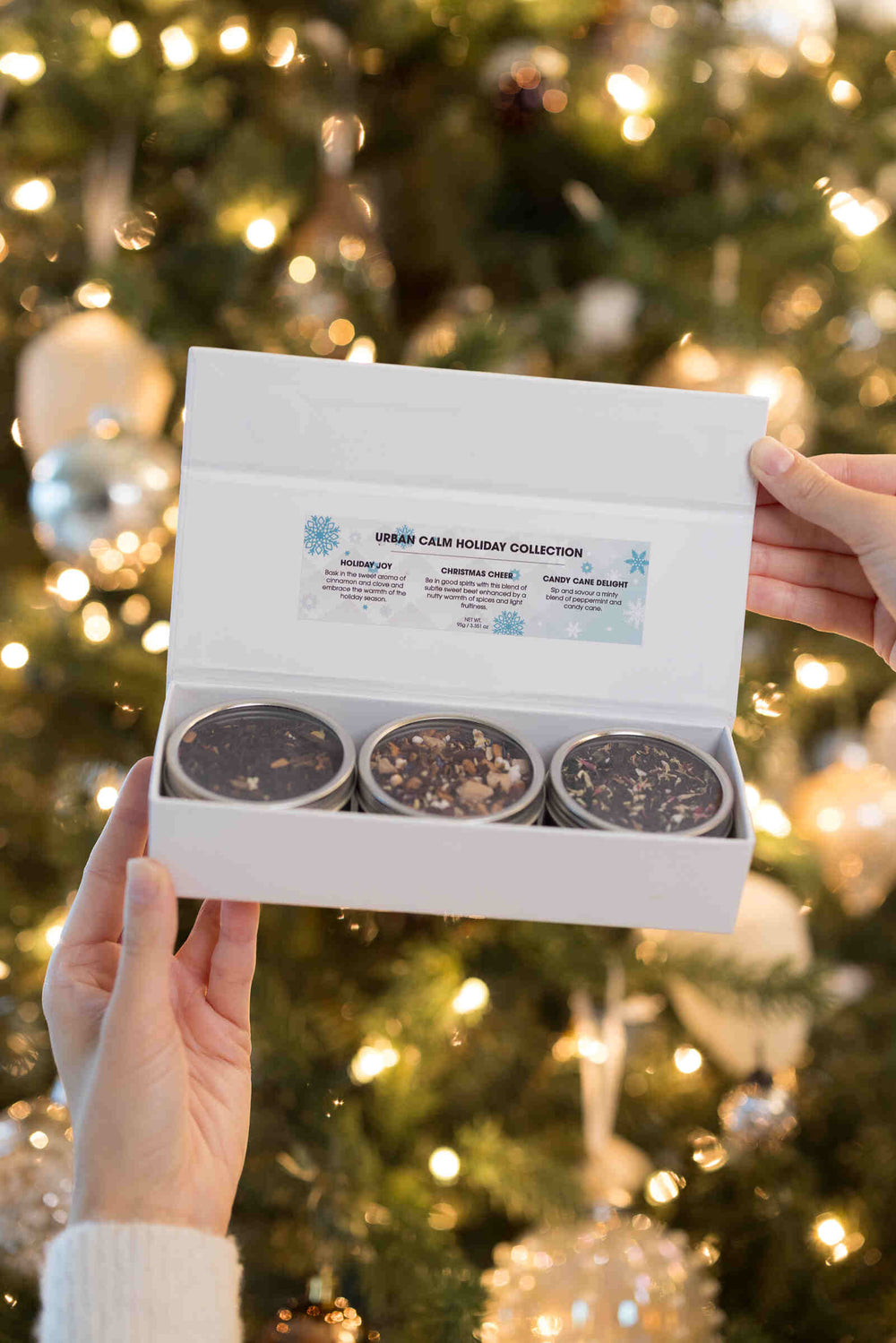When it comes to brewing the perfect cup of coffee, one of the most crucial and important factors for getting a great flavor experience is the coffee grind size. The grind size directly influences the extraction process, which determines the flavor, aroma, and overall strength of your coffee. Too fine a grind can lead to over-extraction, making the coffee bitter, while too coarse a grind might result in under-extraction, leaving the coffee weak and sour.
Each brewing method, whether it's a French press, espresso, or pour-over, requires a specific grind size to bring out the best flavor. Each coffee grinder has its own grind settings whether you use a Baratza, Commandant, Fellow or Breville grinder, so it's best to review how to properly set your grinder for the optimal brew that will match your personal taste preferences.
By experimenting with different grind sizes, you can discover how subtle adjustments impact your coffee's flavor profile, ensuring you enjoy the perfect cup every time.

The Best Coffee Grind Size for French Press
The best coffee grind size for French press is typically coarse.
A coarse grind allows for optimal extraction during the steeping process, resulting in a full-bodied and rich flavor. The French press method involves immersing coffee grounds in hot water for several minutes, which means the larger particles of a coarse grind are less likely to become over-extracted and bitter.
Coarse grind, with its chunky, salt-like consistency, allows the coffee grounds to steep in hot water, releasing bold flavors without becoming overly bitter. This grind size ensures that the French press plunger can effectively separate the grounds from the brewed coffee, leaving you with a smooth, sediment-free cup.
Using a coarse grind in a French press results in a more robust coffee experience, as it allows for a longer extraction time. This method captures the deeper notes of the coffee, making it ideal for those who appreciate a stronger, more intense brew. Whether you're enjoying a quiet morning or winding down in the evening, a French press with coarse ground coffee delivers a satisfying, flavorful cup that resonates with your taste buds.
Using too fine a grind can clog the French press filter, making it difficult to press down the plunger and leading to over-extraction. On the other hand, a coarse grind coffee allows for a smoother press, ensuring that the natural oils and flavors are properly extracted, giving you a balanced and robust cup of coffee. For those who prefer a stronger brew, you can experiment with a slightly finer grind, but always keep it coarser than what you’d use for drip coffee or espresso.

Coffee Grind Size for Espresso
When it comes to making espresso, precision is key, and the coffee grind size for espresso needs to be just right. A fine grind coffee is essential for creating the rich, concentrated shot of espresso that so many of us love.
The grind needs to be very fine, almost like powdered sugar. This fine grind allows the hot water to quickly pass through the coffee grounds under high pressure, extracting the intense flavors and rich crema that espresso is known for. The smaller particle size provides a larger surface area, which is crucial for the rapid brewing process typical of espresso machines.
Using a fine grind ensures that your espresso is strong, aromatic, and full of character, with a perfect balance of bitterness and sweetness. Whether you're pulling a shot for a cappuccino or enjoying it straight, the fine grind is essential for capturing the bold, concentrated flavor that espresso lovers crave. This grind size allows water to pass through the grounds at the right speed, extracting the full flavor and crema without bitterness. If you're aiming for that authentic coffeehouse experience at home, mastering the fine grind is key to making consistently delicious espresso.
If the grind is too coarse, the water will flow through too quickly, resulting in a weak and under-extracted espresso. Conversely, if the grind is too fine, the water flow may be too slow, leading to an over-extracted, bitter taste. To achieve the best results, it's crucial to dial in your grind size specifically for your espresso machine and personal taste preferences. Remember, the coffee brewing techniques you use will also impact the final flavor, so be sure to experiment and find your perfect balance.

Medium Grind for Drip Coffee Makers
The coffee grind size for drip coffee makers should typically be medium. This grind size offers a perfect balance, allowing the water to flow evenly through the grounds while extracting just the right amount of flavor. Medium grind resembles the texture of sand, which is ideal for most drip coffee machines because it prevents over-extraction, which can lead to bitterness, and under-extraction, which results in a weak, flavorless brew.
For those who enjoy a smooth and consistent cup of coffee each morning, a medium grind is often the go-to choice. It’s versatile and works well with most automatic drip coffee makers, delivering a balanced cup that highlights the natural flavors of the beans. Whether you prefer a light roast or something darker, using the right medium grind will ensure that your drip coffee has a rich, satisfying taste that’s perfect for starting your day.
Quick & Easy Grind Comparison
|
|
Grind Size |
Result |
|
Drip Machine |
Medium – texture of sand |
Water flows evenly through the grounds while extracting just the right amount of flavor. Prevents over-extraction, which can lead to bitterness, and under-extraction, which results in a weak, flavorless brew.
|
|
French Press |
Course – chunky, salt like |
A coarse grind allows for optimal extraction during the steeping process, resulting in a full-bodied and rich flavor. The French press method involves immersing coffee grounds in hot water for several minutes, which means the larger particles of a coarse grind are less likely to become over-extracted and bitter.
|
|
Espresso |
Fine – powdered sugar |
This fine grind allows the hot water to quickly pass through the coffee grounds under high pressure, extracting the intense flavors and rich crema that espresso is known for. The smaller particle size provides a larger surface area, which is crucial for the rapid brewing process typical of espresso machines.
|




Leave a comment